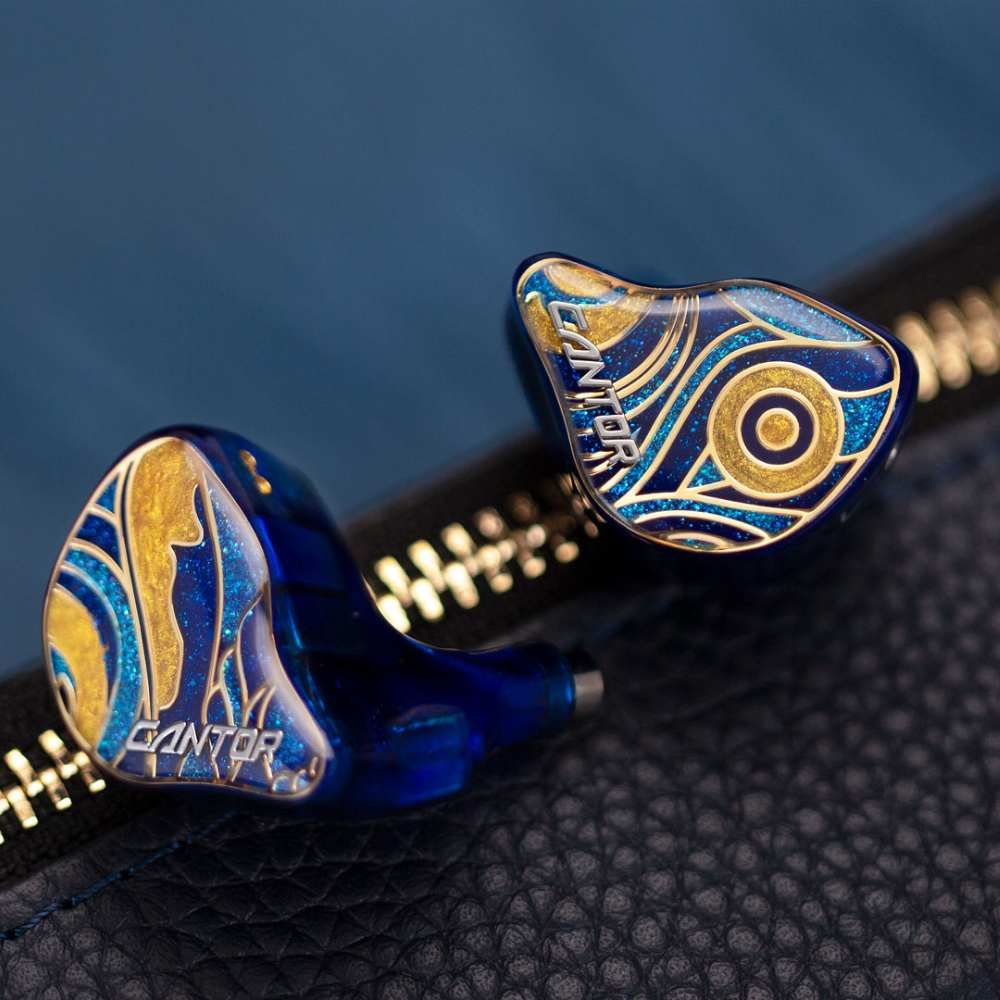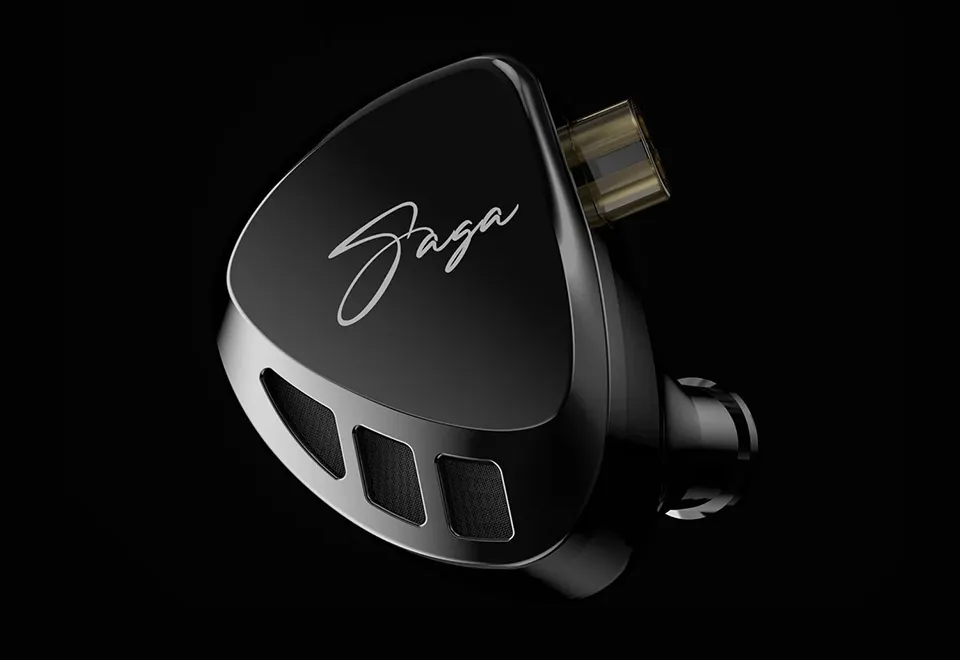Cantorvs.Saga
Sound & Specs Comparison
Information
Both IEMs are widely regarded in the audiophile community. See how they differ in terms of sub-bass response, upper mids, clarity, and overall tonality. Spider charts and rating breakdowns included.
Objective Comparison
Facts, details, stuff.
| General Info | Cantor | Saga |
|---|---|---|
| Brand | AFUL | KZ Earphones |
| Country | Taiwan | China |
| IEM Description | The AFUL Cantor combines technical precision with musicality in a hybrid design. Featuring a dynamic driver for powerful bass and multiple balanced armatures for clean mids and sparkly highs, it delivers a spacious soundstage with excellent separation. Tuning leans slightly toward a balanced-bright signature, making it a solid choice for detail lovers who still want some low-end punch. | The KZ Saga is a single dynamic driver IEM designed for listeners who enjoy a bold and engaging sound. With its punchy bass and crisp treble, it leans into a fun, slightly V-shaped tuning that works well across modern genres. Despite its simplicity, it delivers a surprisingly open sound with decent detail and separation, all packed into a durable and comfortable shell. |
| Price Level | 500 – 1.000 | < 100 |
| Housing & Driver | ||
|---|---|---|
| Driver Config | Multi-BA | Single Dyn. Driver |
| Driver Types | Balanced Armature | Dynamic Driver |
| Shell Material | – | – |
| Cable | 4Braid 5N OFC Cable | – |
| Technical | ||
|---|---|---|
| Freq Range | – | – |
| Impedance (Ω) | 20 | – |
| Sensitivity (dB) | 106 | – |
| Crossover | RLC Network Electronic Crossover | – |
| Platform Info | ||
|---|---|---|
| Comments | 2 | 0 |
| Visit Count | 144 | 68 |
| External Reviews | 1 | 0 |
Meta Ratings
// Nothing to compare yet.
Sound Characteristics
Saga delivers e deeper and more extended sub-bass, reaching lower frequencies with greater authority than Cantor (9.5 vs 8.5). The low-end on Cantor is s more controlled and rhythmic, offering better definition than Saga (9 vs 8.5). Saga adds b more body and slam to bass hits, which makes it feel more physical than Cantor (9 vs 8.5). The lower midrange on Cantor blends a more smoothly into the bass region, avoiding the disconnect found in Saga (8.5 vs 5.5). Upper mids are s more resolving and expressive on It, revealing emotion and articulation better than Saga (8 vs 5). It offers a greater shimmer and nuance in the lower treble, revealing micro-details that Saga misses (8 vs 6.5). The highest frequencies on It feel a more natural and less rolled-off compared to Saga (7.5 vs 7). It paints a m broader sonic landscape, offering better instrument positioning across the stage (8 vs 6.5). The retrieval of faint audio cues on It is c more convincing, while Saga tends to gloss over them (8.8 vs 6). Track elements feel a more isolated and clean on It, offering clearer focus than Saga (8.3 vs 5). Instruments remain intelligible on It even during busy sections, showing m better handling of masking than Saga (8 vs 5). Notes on It feel n more grounded and weighty, whereas Saga can sound thin or hollow (7.5 vs 6.5). Listeners may experience overwhelmingly fewer sharp edges in 'S' and 'T' sounds with It, whereas Saga can get fatiguing (8.5 vs 4.5). Tonality on It is c more coherent and refined, yielding a more pleasing overall signature than Saga (8.8 vs 7.5). Subtle ridges and granularity are conveyed a more clearly on It, adding life that Saga doesn’t quite match (8 vs 7.5).
| Cantor | Saga | |
|---|---|---|
| Sub Bass | 8.5 | 9.5 |
| Bass | 9.0 | 8.5 |
| Bass Feel | 8.5 | 9.0 |
| Lower Mids | 8.5 | 5.5 |
| Upper Mids | 8.0 | 5.0 |
| Lower Treble | 8.0 | 6.5 |
| Upper Treble | 7.5 | 7.0 |
| Sound Stage Width | 8.0 | 6.5 |
| Detail | 8.8 | 6.0 |
| Layering | 8.3 | 5.0 |
| Masking | 8.0 | 5.0 |
| Note Weight | 7.5 | 6.5 |
| Slam | 8.5 | 8.5 |
| Sibilance | 8.5 | 4.5 |
| Timbre Color | 7.5 | 7.5 |
| Tonality | 8.8 | 7.5 |
| Texture | 8.0 | 7.5 |
Tonal Signature
// Nothing to compare yet.

